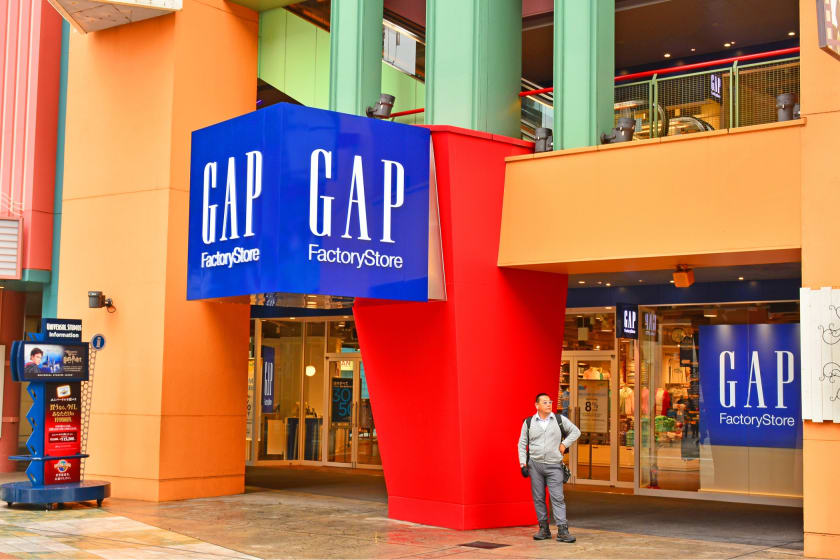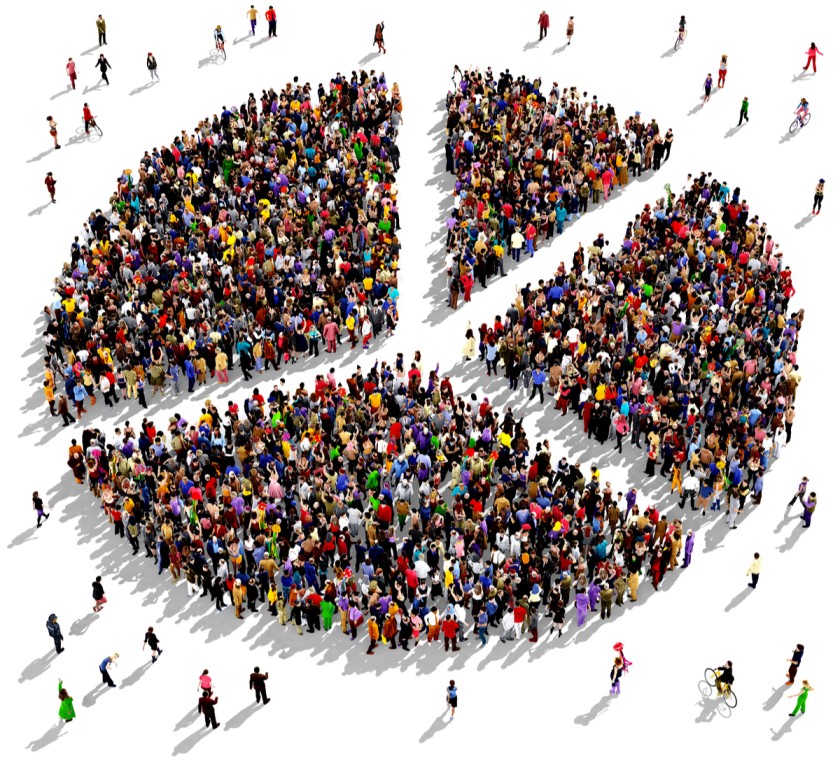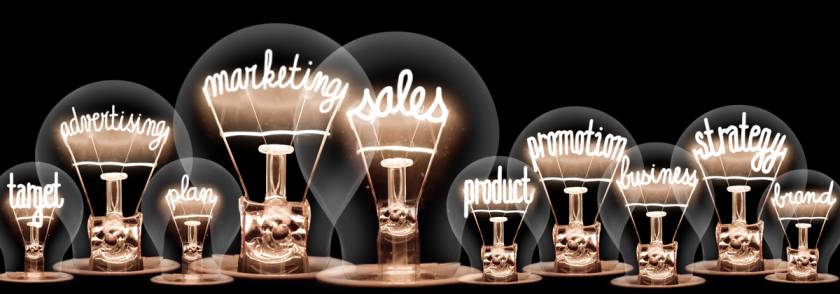The Gap Case Study: How to Increase Sales Using Analytics



Gap Inc., or simply Gap, is one of the oldest and largest American clothing and accessories retailers. Particularly popular among younger generations, Gap boasts a significant international presence. People often confuse Gap with the Factory Gap Store. However, these are two different fashion brands with different clothing lines. Gap Factory, founded in 1994, is a subsidiary of Gap.
Although sometimes people expect to find Gap’s leftovers from last season’s collections or faulty stock at the Factory Gap store, most items sold at the Gap Factory outlets are, in fact, specifically designed and manufactured to be sold there. By slightly tweaking the quality, the Gap Factory reduces the prices of its apparel and sells the clothes at a lower price than the usual garments sold by Gap. These savings are typically made from using less expensive materials and economical manufacturing techniques.
Not everyone can afford to pay for a brand name. For those who want to stay within a budget and still buy trendy apparel that looks stylish and are comfortable to wear, a Factory Gap store can be their top pick. The goods sold at the Gap Factory outlets certainly lack the quality of the original brand; however, as long as transparency is maintained and the customers are okay with tolerating the marginally inferior quality for attractive savings, Factory Gap stores will grow.
This affordability of Factory Gap stores has allowed it to reach a larger group of consumers. For example, a shirt can be bought at the Gap Factory for almost half the price than Gap and even less during the sales. Many American parents choose to buy clothes for their children at these outlets, as their quality is still within the acceptable range; besides, investing more in kids’ clothes is not always sensible, as they grow them out quickly.
Reasonable quality and good value are the two aspects that drive sales at the Factory Gap stores. However, sales can be further boosted when quality and value are combined with sales analytics.
What is Sales Analytics?
Sales analytics refers to the processes or technologies used to gather sales data and analyze it to identify, understand, and predict current and future sales trends and outcomes. Sales analytics can help assess sales performance, identify improvement points and opportunities, forecast future sales, and set specific goals. Simply put, sales analytics aims to generate insights from sales data.
Sales analytics can be classified into four categories. Descriptive analytics collects sales data in terms of the number of customers and generated revenue. Diagnostic analytics examines the collected data and determines the aspects driving the sales. Predictive analytics surmises the sales patterns and trends, whereas prescriptive analytics formulates the best action plan for increased sales.
The Role of Data Analytics in the Apparel Industry

Data analytics, big data, machine learning, and AI have become the buzzwords today. Fashion professionals and leading players in the apparel industry, including Factory Gap stores, have gradually acknowledged the importance of data, as they need to design, manufacture, and sell the styles that resonate with current trends and customer requirements. Due to constantly changing fashion trends, the apparel industry has to work with dynamic assortments and products with shorter lifespans.
More and more fashion brands and retailers are shifting to AI-based data-driven decision-making for devising highly efficient designing, merchandising, and marketing strategies. Data analytics primarily assists a fashion brand in two ways, i.e., inventory optimization through personalization and effective marketing. For example, Factory Gap stores target people of all ages, including men, women, kids, and babies, and offer them an inventory of cool, contemporary, and affordable clothing.
How to Increase Fashion Sales Using Analytics
Understanding consumer behavior and predicting upcoming trends is essential for fashion brands and apparel retailers. As mentioned by Gap’s previous CEO Art Peck, smaller-sized garments are sold out first on the coastal side of the country, while large sizes sell out first in the heart of the country. Based on this data, Gap optimizes its inventory such that they do not have to deal with uneven inventory balances. Let us find out how fashion brands can drive sales using data analytics.
Predict Consumer Behavior
Data analytics tools can identify target customers for a particular clothing style or brand and predict their preferences and demands. This helps retailers create an appropriate inventory and conduct effective product merchandising for both physical and digital commerce platforms. For example, based on consumer purchase history, apparel retailers procure and exhibit more woolen clothes in winter and light cotton clothes in summer. Similarly, based on previous product searches, websites show their customers trending clothes every time they browse something.
Identify Strong Products and Detractors
Using data analytics, fashion designers and retailers can identify the most popular and highest-selling garments. Trending clothes may differ from region to region and season to season. Once such strong products are identified, brick and mortar stores display and accentuate them with a special focus, while they are particularly emphasized and highlighted in social and print media advertisements. Similarly, it is also important to identify the products that do not move quickly, are unable to satisfy the customers, or may even spoil the brand reputation. Fashion retailers, including Factory Gap stores, remove such products from circulation or redistribute them and try to make amends with the detractors.
Effective Segmentation

Data analytics tools can segment potential customers based on their age groups, genders, fashion trends, preferences, and other demographics. Based on these, retailers can categorize, arrange, and advertise their apparel more effectively, both in their physical outlets and on e-commerce platforms. For example, teenagers and youngsters follow different fashion norms from adults, working professionals, or senior citizens. Youngsters usually look for fresh designs and chic styles, while old generations prefer comfort. Attractively displaying trendy denim and fancy tops where higher foot traffic of youngsters is expected can lure more customers, leading to higher revenue.
Pricing
Offering comparable and competitive prices along with quality can make a fashion brand stand out from other market players. A data analytics tool can help apparel retailers and brands compare the prices of their trending clothes against the prices of similar products from other brands. This helps them understand which fabrics and styles are valued more. Pricing analytics provides insights into the preferable price range and its potential to widen, based on target customers' comfort level and budgetary constraints. With reference to this intel, apparel retailers determine or change the pricing of their garments to attract customers and boost sales. Promotional sales are also based on pricing analytics to push out the stagnant merchandise.
Pipeline Velocity
Though clothes are in demand throughout the year, fashion retailers experience a lull during a certain period, while increased sales are observed, particularly during the festive seasons. Moreover, higher sales were observed in the top wear section compared to bottom wear during lockdown periods. The speed at which products move through the pipeline can be determined through data analytics. A pipeline velocity analysis helps retailers manage and maintain their inventory and advertise the merchandise appropriately. Moreover, pipeline management for digital sales involves creating a chain of related products and suggesting them at suitable times based on previous buying patterns.Knowing the customers and predicting their requirements can help apparel brands, such as Factory Gap stores, plan effectively, and take a step closer to success. Data analytics plays an important role in forecasting trends and creating a lucrative marketing strategy. Reach out to the experts at Fashinza if you require any help with the sourcing and manufacturing for your fashion house. We can simplify the process of sourcing clothes for you so that you can relax and focus on the big picture.



















